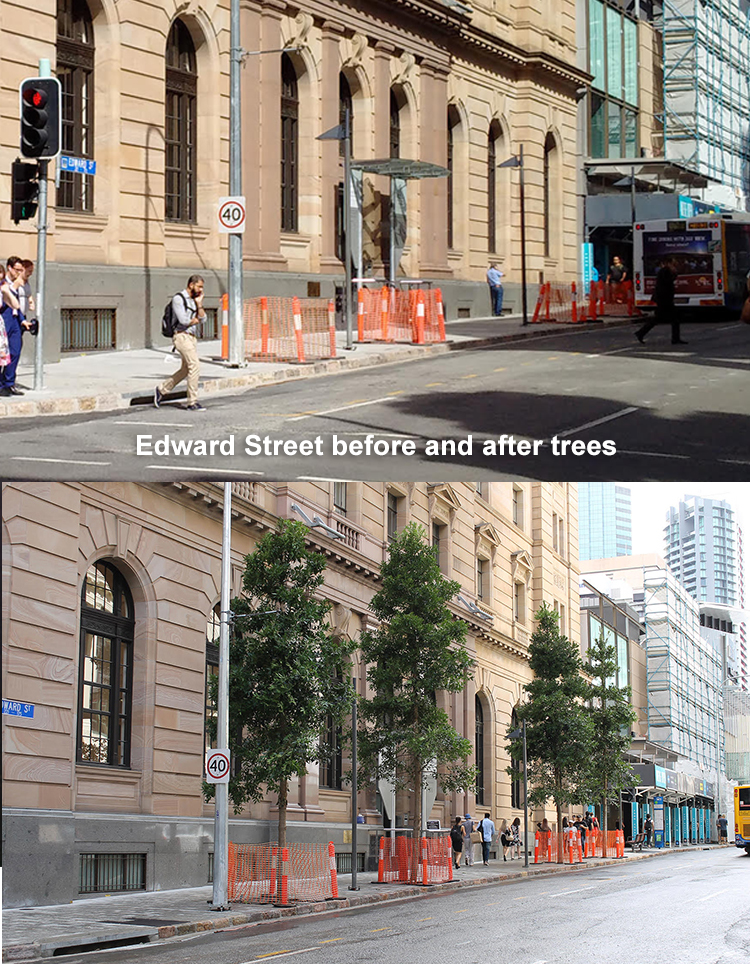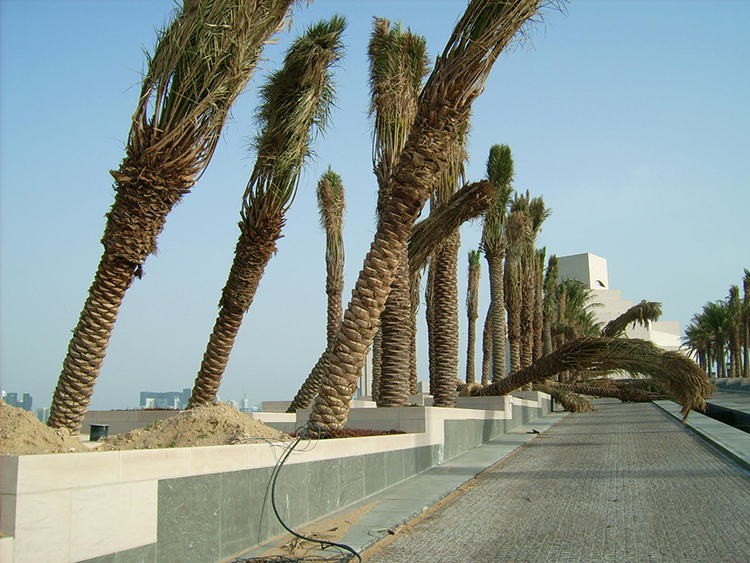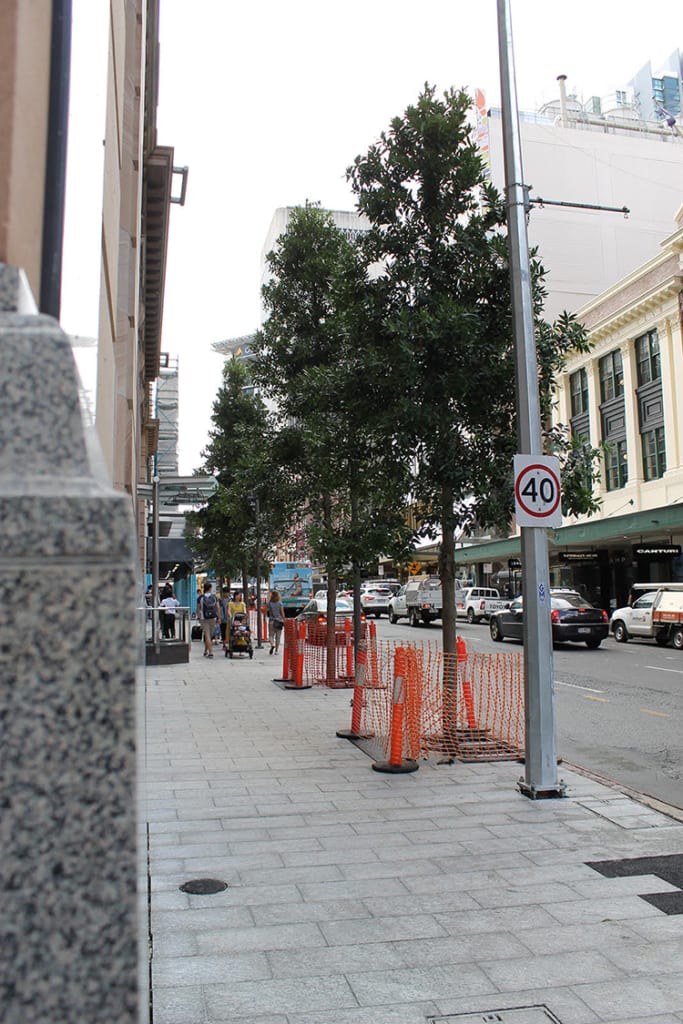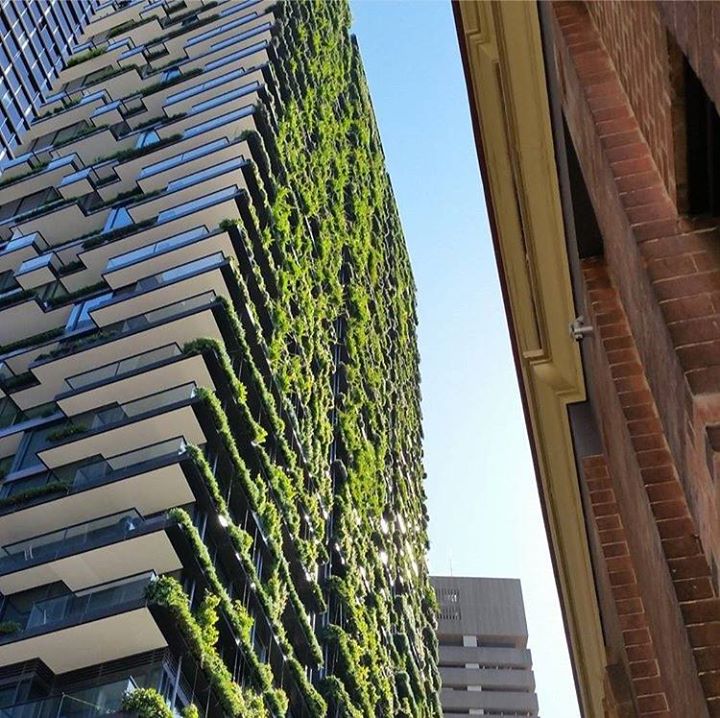Bigger trees please! 3 ways to overcome the Urban Heat Island
The term Urban Heat Island (UHI) refers to the fact that urban areas are hotter than rural areas due to human activities, in fact, Cities are on average 2˚C hotter during the day than rural areas, and as much as 5.5 ˚C hotter at night.
The main contributors to Urban Heat Islands are roads, buildings and general infrastructure that replace what would have previously been moist, permeable and vegetated surfaces. These elements of urbanism not only bring increased heat, but poor air quality, biodiversity loss and impaired water quality.
Dark coloured concrete, stone and asphalt roads absorb high levels of energy from the sun radiating heat into the surrounding air and buildings warming the temperature.
In addition, the use of air conditioning to cool our immediate surroundings requires energy production which increases utility costs and releases dangerous greenhouse gasses into the atmosphere.
There are several ways we can help reduce the UHI effect by planting trees and vegetation, cool pavements and green roofs.

So what does that mean?
The knowledge that trees are required to sustain life on earth is elementary, something we were told at primary school. We also know that trees clean the air by absorbing pollutant gasses, carbon and odors, provide oxygen, stabilise the soil and provide a habitat for a wide range of wildlife.
Large trees can remove more than 70 times more pollution than small trees, and NC State University tell us a tree can absorb as much as 48 pounds of carbon dioxide per year and can sequester 1 ton of carbon dioxide by the time it reaches 40 years old. They also state trees can increase property values by as much as a significant 27%!
So, with planting larger trees there are a lot more than just aesthetic advantages, however with this comes the challenge of how they can be planted without having high mortality rates, the risk of trees leaning or potentially falling causing damage and harm, and being secured by some unsightly staking system. There are a number of different options to overcome these challenges whether it be the Platipus Rootball Anchor Fixing System or the Platipus Deadman System for into grade applications or the D-Man Anchor System for podiums.
In addition trees lower air temperatures and provide shelter making urban areas more habitable, the shade of a tree can reduce the surface temperature of concrete by up to 25˚C, on the flipside trees can be planted as wind shields and hence reduce heating costs in winter.

Cool pavements
Cool pavements refer to the use of pavement materials that reflect more solar energy rather than absorb it resulting in a cooler surface temperature. Such as the use of light coloured concrete or pavers over against asphalt. Other options include the use of permeable pavers such as SurePave for stabilising stone and turf yet allowing water to permeate the surface and overall assisting in cooling the pavement. The very simple proof of pavement cooling is in the heat of summer to walk barefoot from a grass surface onto an asphalt pavement.
High pavement temperatures heat stormwater runoff resulting in raised water temperatures in lakes, streams and rivers impacting aquatic life. Permeable pavements such as SurePave help reduce stormwater runoff and improve water quality by filtering out any fines and pollutants which generally wash off hard surface pavements and into drainage systems.

Green roofs and podium planting
Although green roofs can possibly date back thousands of years to the hanging gardens of Babylon, we’ve seen a significant increase in beautifully landscaped podiums and vertical gardens in the past decade, such as the iconic One Central Park high-rise towers in Sydney.
Green roofs also help to cool water runoff, filter pollutants, have sound and thermal insulation benefits and bring biodiversity to the urban environment.

So, there are several things we can do to overcome the Urban Heat Island
- Plant bigger trees from the outset
- Where possible replace dark surface materials with lighter colours and permeable pavements where relevant
- Install green roofs and vertical gardens
At Cirtex, we are committed to much more than supplying world class geosynthetic products. Our team is passionate about providing our valued clients with professional, innovative and leading edge solutions backed up by an uncompromising focus on exceptional customer service. Find out how we can help with your project – Contact us here.


